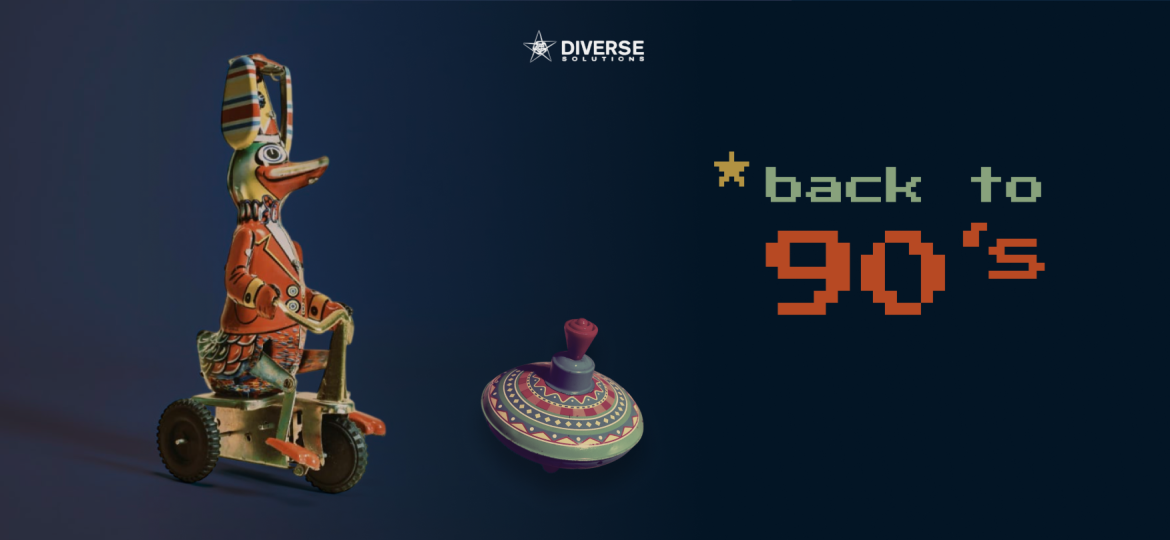
In a world dominated by digital noise and constant innovation, consumers are increasingly drawn to something familiar—nostalgia. Brands are rediscovering the emotional power of the past through Nostalgia Marketing, a strategy that taps into collective memories to build trust, evoke emotions, and drive sales.
From vintage packaging revivals to the return of classic characters, nostalgia isn’t just a fleeting trend—it’s a proven formula for emotional connection and long-term brand loyalty.
What Is Nostalgia Marketing?
Nostalgia Marketing leverages positive memories from the past to create emotional resonance with modern audiences. By referencing cultural touchstones—music, toys, TV shows, or aesthetics from previous decades—brands evoke familiarity that strengthens consumer trust and engagement.
According to the American Psychological Association (APA), nostalgia acts as an emotional stabilizer, providing comfort during times of uncertainty. This explains why nostalgia-driven campaigns often surge during economic downturns or periods of social change.
Why Nostalgia Works: The Psychology Behind the Trend
Emotional Connection
Research from the Journal of Consumer Research shows that nostalgia enhances feelings of social connectedness and self-continuity. Consumers are more likely to associate positive emotions with brands that remind them of “the good old days.”
Memory-Driven Motivation
Nostalgic cues activate parts of the brain linked to reward and memory, such as the hippocampus. A study from the University of Southampton found that nostalgia can increase willingness to spend money by reinforcing positive emotional states.
Escapism and Comfort
In a fast-changing world, nostalgia offers a sense of comfort and control. Familiar music, visuals, and products create a bridge between the past and present—reducing anxiety and enhancing consumer receptivity.
Examples of Nostalgia Marketing Done Right
- Coca-Cola’s “Share a Coke” Campaign – By printing individual names on bottles, Coca-Cola reignited personal memories associated with its brand heritage.
- Nintendo’s Classic Consoles Revival – Re-releasing the NES Classic Edition brought childhood memories to life, resulting in record-breaking sales.
- LEGO’s Nostalgic Collaborations – Partnerships with retro franchises like Star Wars and Harry Potter appeal to adult fans who grew up with these worlds.
These campaigns succeed because they balance nostalgia with innovation—honoring the past while staying relevant to today’s audience.
Nostalgia Marketing in the Digital Age
Social media has amplified nostalgia’s reach. Platforms like TikTok and Instagram thrive on trends that revisit 90s and 2000s aesthetics—from Y2K fashion to vintage photography filters.
Brands are also leveraging data analytics to personalize nostalgia. For example, Spotify’s “Your Time Capsule” playlist algorithm curates songs from users’ teenage years, creating emotionally powerful listening experiences.
According to Forbes (2023), nostalgia-driven campaigns generate up to 20% higher engagement rates compared to standard digital ads. It’s particularly among millennials and Gen Z consumers who crave emotional authenticity.
The Business of Memory
The global success of nostalgia-led campaigns demonstrates that emotion is the strongest driver of consumer loyalty. By connecting shared memories with brand identity, companies can transcend generational barriers.
Nostalgia also supports sustainable marketing—encouraging the revival or repurposing of classic products rather than creating entirely new ones, reducing waste and preserving heritage.
Conclusion
Nostalgia Marketing is more than a sentimental tactic—it’s a timeless strategy rooted in human psychology. The brands that succeed are those that remind consumers not just of who they are, but who they used to be.
By blending emotional storytelling, cultural memory, and modern innovation, nostalgia continues to win both hearts and wallets—one fond memory at a time.
For more information and to explore our offerings, visit Diverse Solutions Singapore.

